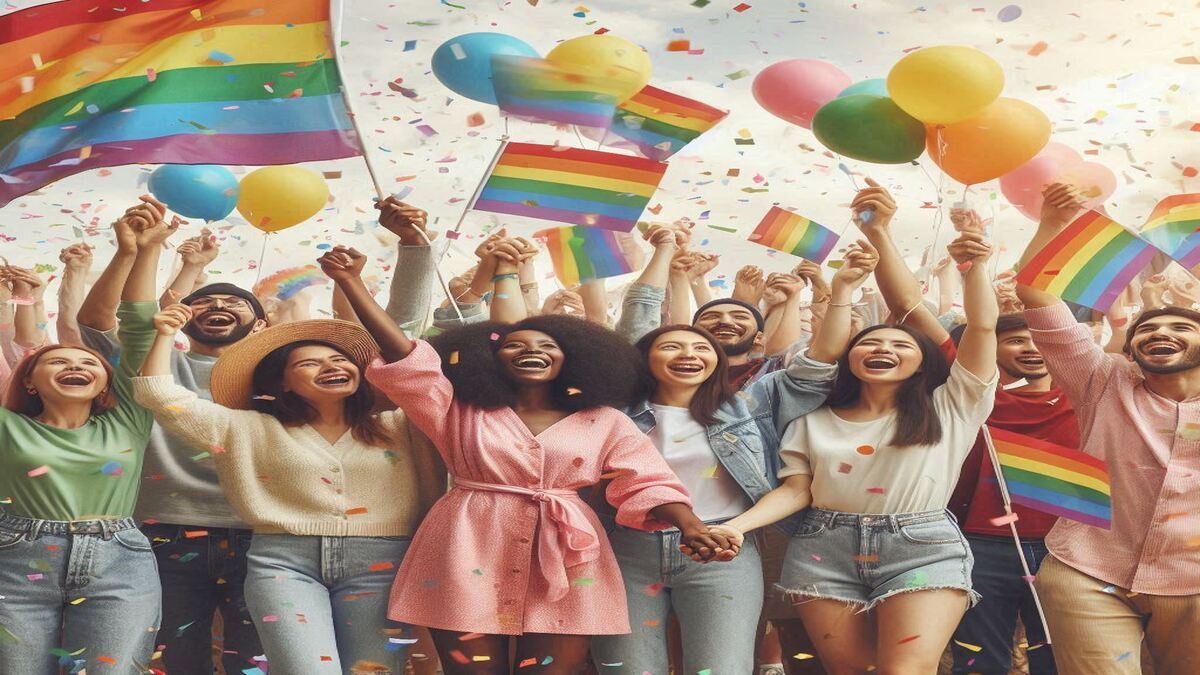When Did Homosexuality Become Legal in the US – (LGBTQ+ rights, history of homosexuality legalization, Lawrence v. Texas, Stonewall Riots, same-sex relationships US, gay rights movement, Obergefell v. Hodges, US Supreme Court LGBTQ+ cases, gay rights activism, criminalization of homosexuality, marriage equality, LGBTQ+ advocacy, LGBTQ+ history USA, sodomy laws US)
Discover the history of how homosexuality became legal in the United States, exploring key moments, legal battles, and cultural shifts that led to equality. Understand how far we’ve come and the milestones that made it possible.
Introduction
The journey to legalize homosexuality in the United States has been long, complicated, and, at times, heartbreaking. Did you know that as recently as the early 2000s, some states still had laws criminalizing same-sex relationships? From courageous court cases to impactful legislation, this article dives into the timeline, victories, and struggles that paved the way toward equality.
When Did Homosexuality Become Legal in the US
Early Criminalization of Homosexuality in the United States
- Overview of laws that criminalized same-sex relationships in the early 20th century.
- Example: “Sodomy laws” were present in nearly every state, affecting many people’s lives.
- Reference to real data: By the mid-20th century, around 50% of Americans opposed homosexuality openly.
The Rise of LGBTQ+ Activism in the 1960s and 1970s
- Impact of the Stonewall Riots in 1969 on the LGBTQ+ rights movement.
- How activists began publicly fighting for legal rights.
- Example of organizations formed: The Gay Liberation Front and the Mattachine Society.

Key Legal Milestones in the Fight for Equality
- Brief overview of Bowers v. Hardwick (1986) and its implications, as it upheld laws criminalizing homosexuality.
- Lawrence v. Texas (2003) and its groundbreaking ruling that finally decriminalized homosexual acts nationwide.
- Real data reference: A 2003 Gallup poll showed only 39% of Americans supported same-sex relations, demonstrating the slow pace of social change.
Same-Sex Marriage and Broader Legal Acceptance
- How United States v. Windsor (2013) struck down DOMA, paving the way for broader acceptance.
- The landmark Obergefell v. Hodges ruling in 2015 legalized same-sex marriage nationwide.
- Example of the impact on LGBTQ+ rights advocacy and community pride events.
The Role of Public Opinion and Cultural Shifts
- Discussion on how media portrayal and social movements shifted public opinion.
- Real data reference: By 2020, around 70% of Americans supported same-sex marriage, showing the cultural shift.
Ongoing Challenges for LGBTQ+ Rights Today
- How issues like workplace discrimination and healthcare inequality persist.
- Importance of continued advocacy and community support.
- Example: Many LGBTQ+ individuals face discrimination despite legal progress, demonstrating ongoing challenges.
Conclusion
The legal recognition of homosexuality in the United States was a victory achieved through decades of activism, court battles, and public change. Reflecting on these milestones reminds us of the progress made, but it also highlights the challenges ahead. Whether through voting, advocacy, or community support, there are many ways each of us can contribute to this ongoing journey for equality.
